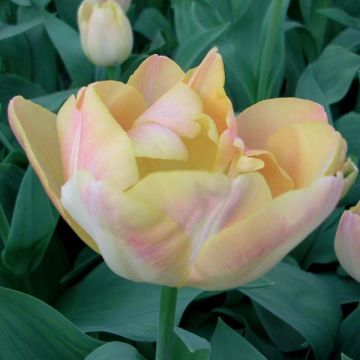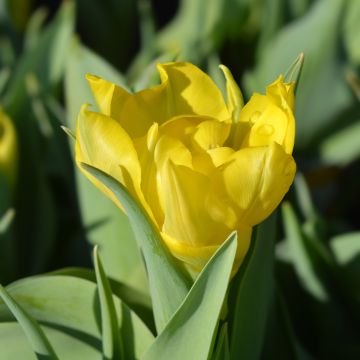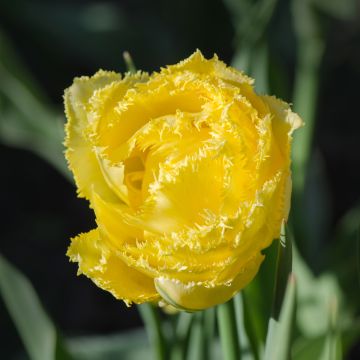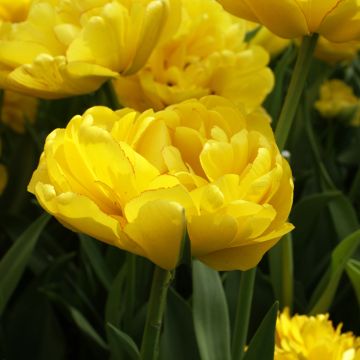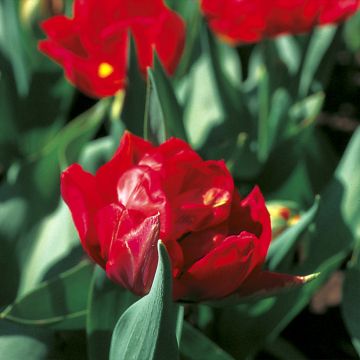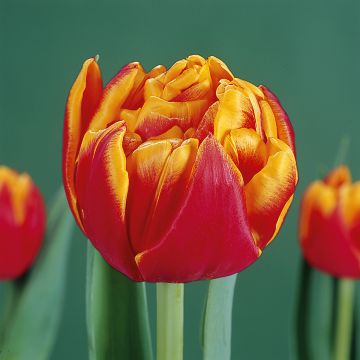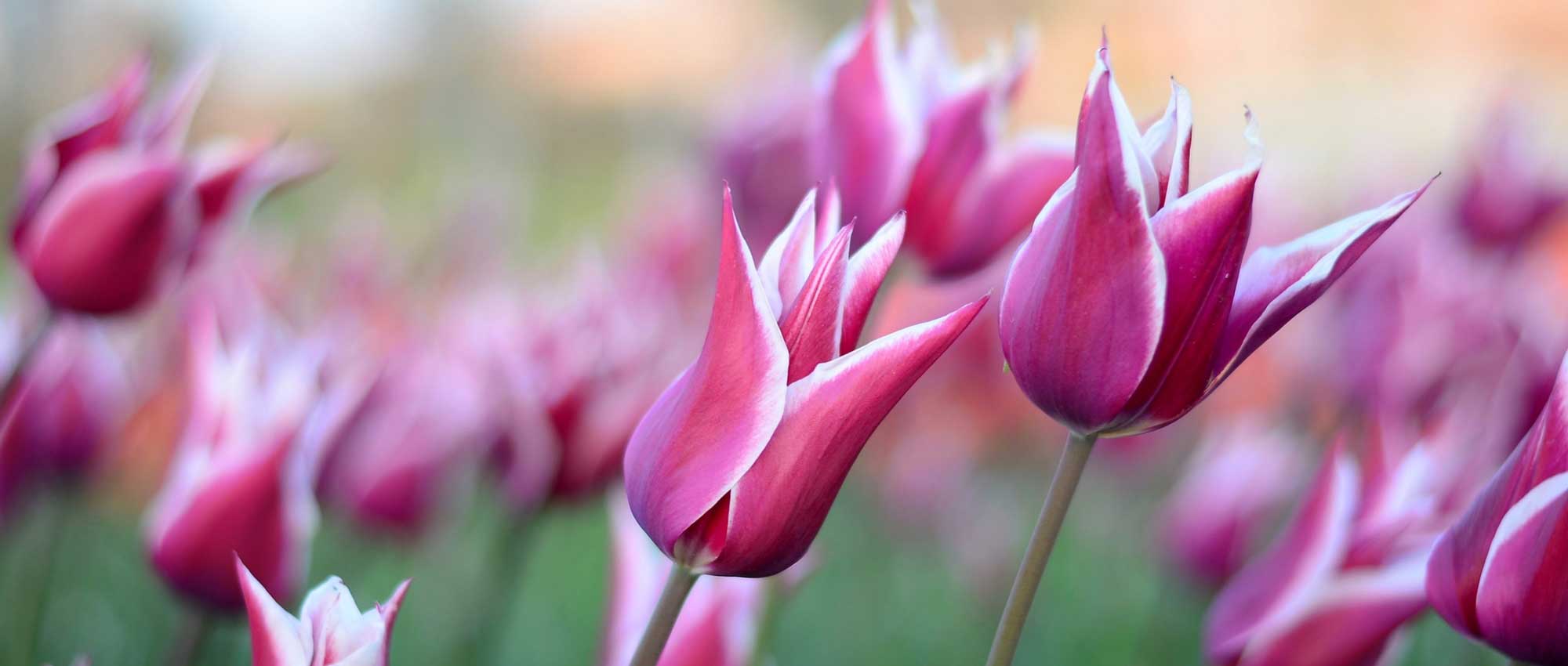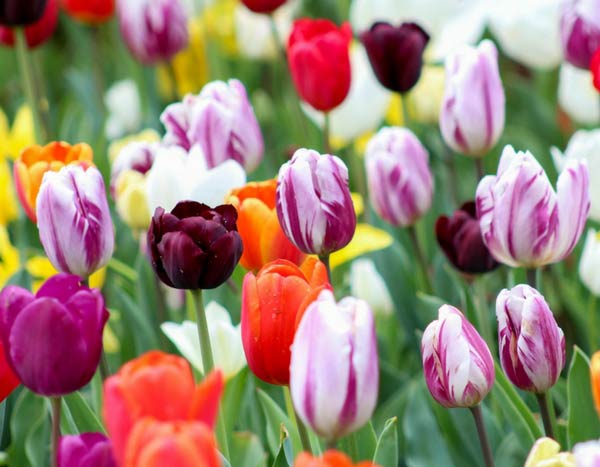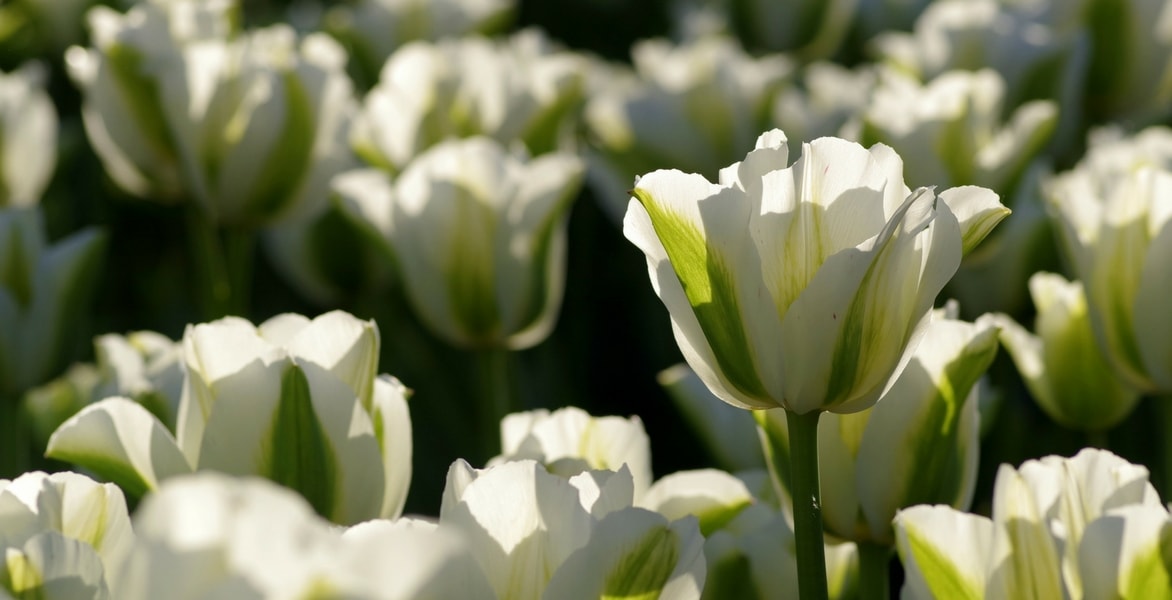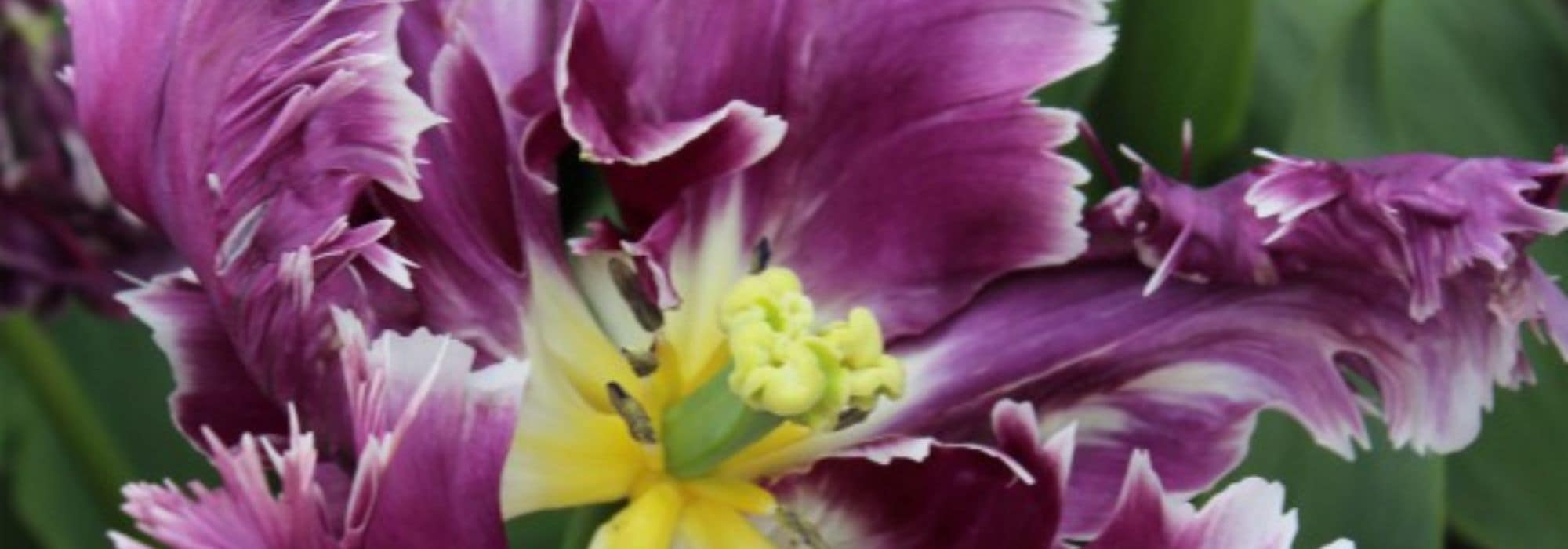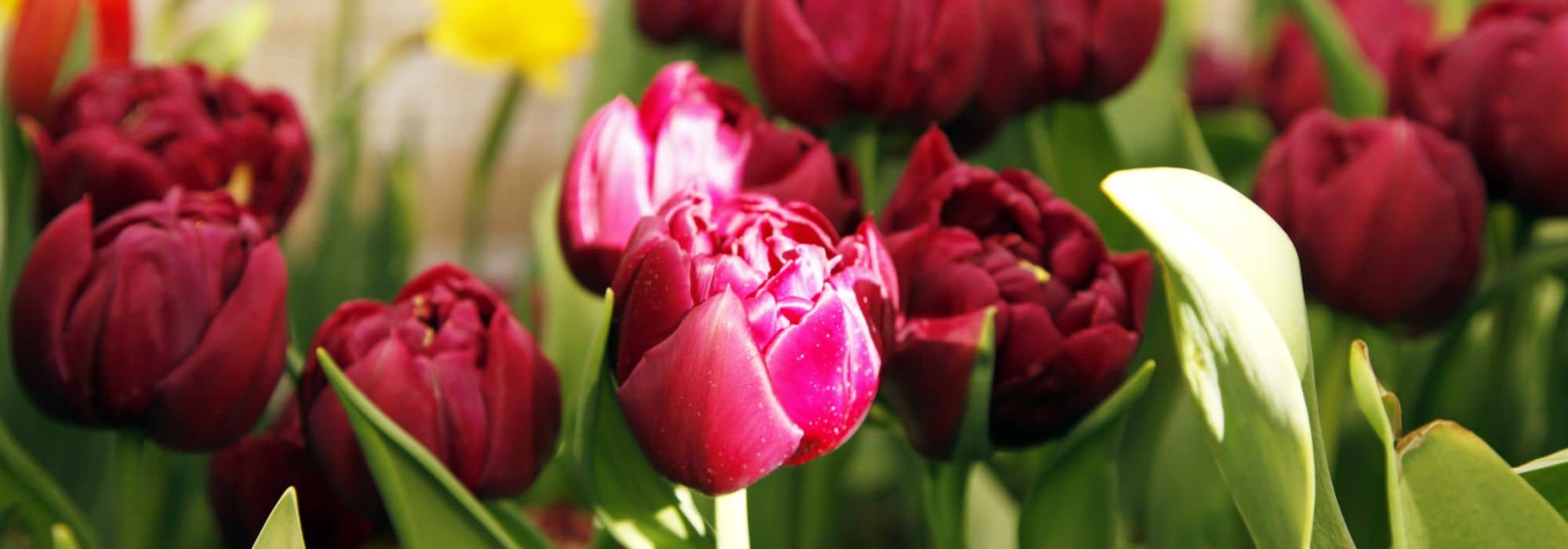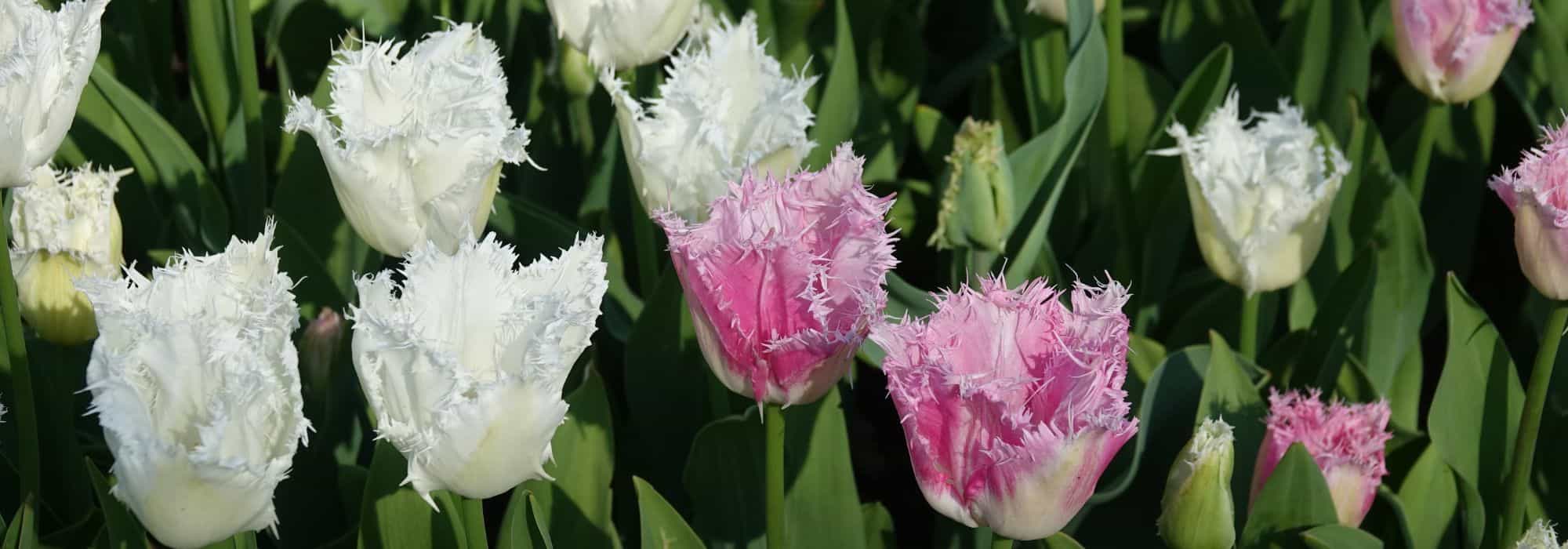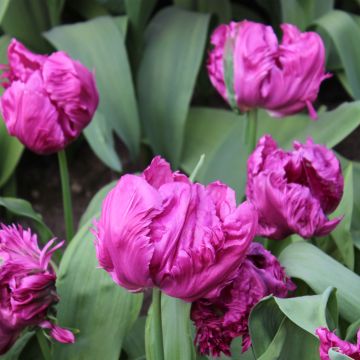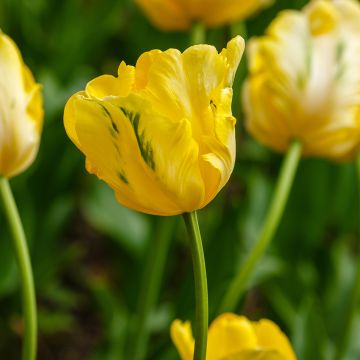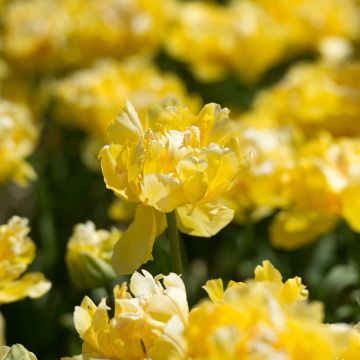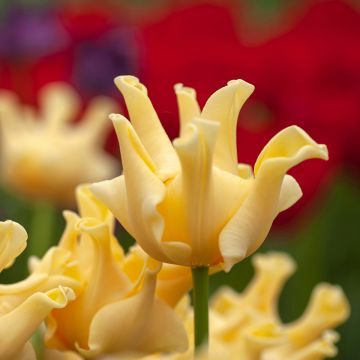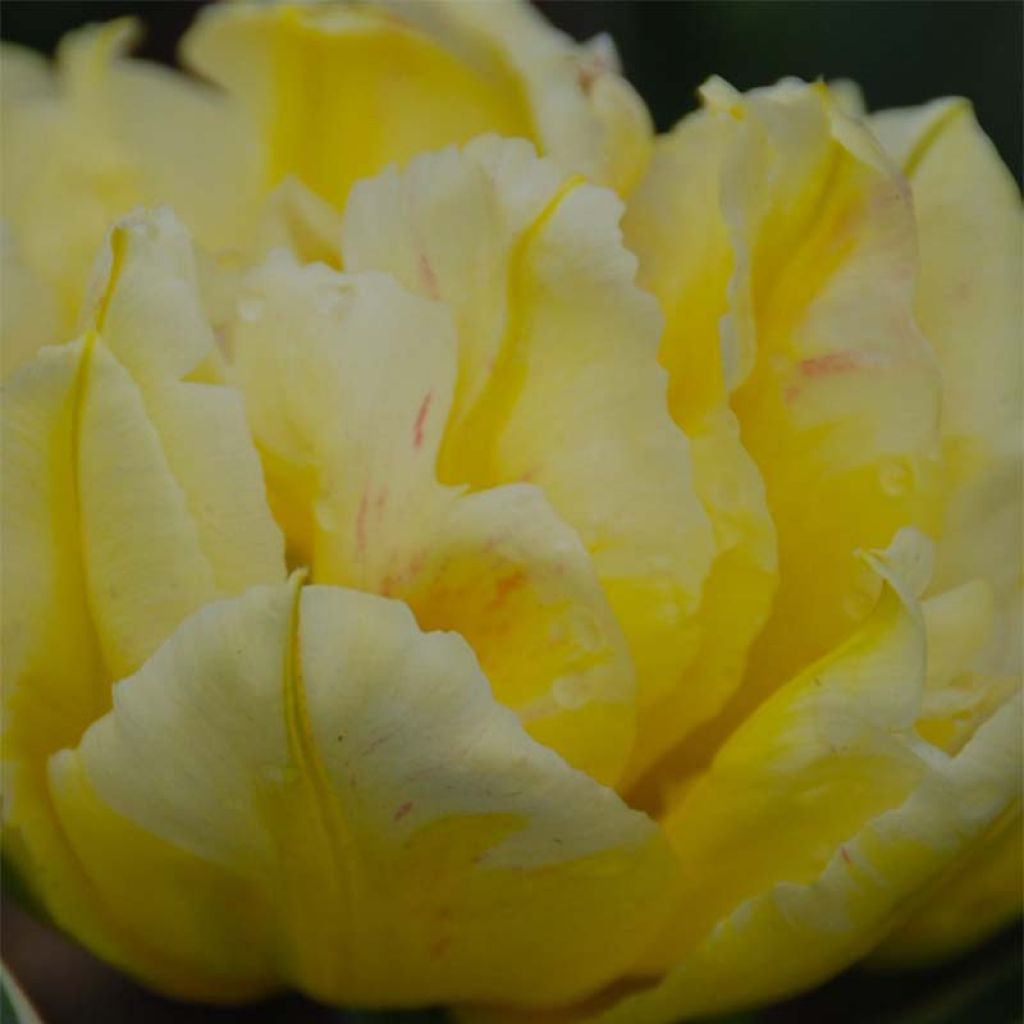

Tulipe double hâtive Monte Beau
Tulipa Monte Beau
Tulipa Monte Beau
early double tulip
The tulips are currently in bloom and they are stunning!
Amel, 25/03/2017
Special offer!
Receive a €20 voucher for any order over €90 (excluding delivery costs, credit notes, and plastic-free options)!
1- Add your favorite plants to your cart.
2- Once you have reached €90, confirm your order (you can even choose the delivery date!).
3- As soon as your order is shipped, you will receive an email containing your voucher code, valid for 3 months (90 days).
Your voucher is unique and can only be used once, for any order with a minimum value of €20, excluding delivery costs.
Can be combined with other current offers, non-divisible and non-refundable.
Why not try an alternative variety in stock?
View all →This plant carries a 6 months recovery warranty
More information
We guarantee the quality of our plants for a full growing cycle, and will replace at our expense any plant that fails to recover under normal climatic and planting conditions.
Does this plant fit my garden?
Set up your Plantfit profile →
Description
The 'Monte Beau' early double tulip is soft and fresh in spring. Its beautiful cup is formed by numerous overlapping petals, showcasing the most charming yellows. Luscious lemon floods the base and central vein, while a fresh buttery tone diffuses onto the fringes to the edges. Occasionally, subtle touches of red also warm the exterior. Bright in borders and containers, it is also stunning in bouquets.
The origin of the tulip dates back to the 11th century. Its provenance goes back much further than the Netherlands, to where it is commonly associated now. It originates from Turkey where it was the object of passionate enthusiasm of the Sultans of the Ottoman Empire, it even became their symbol. This territory extended to Central Asia, where it was discovered at the foot of the Himalayas. It was only in the 16th century that it also captivated Augier Ghislain de Busbecq (now called "Bousbecque," a town located 15 km (9.3mi) from our offices as the crow flies), who offered it to the gardens of the city of Vienna. After its arrival in Europe, the tulip turned heads (including that of Louis XIV) and prices soared.
It is still indispensable today and is now available in many shades that enchant borders from spring onwards. Early-flowering varieties, like 'Monte Beau', can bloom as early as March. Its double petals (called "tepals") are abundant and form a beautiful 8 cm (3in) diameter flower. Each flower is carried by a stem that can reach up to 30 cm (12in) high. It thrives in the sun or partial shade in well-drained soil. It is easy to grow and requires little maintenance, just plant it in autumn and admire it for several weeks in spring.
'Monte Beau' will be beautiful alongside Iphions, Muscari, Puschkinias, and Myosotis. It will gently take over from Crocuses and blend with the multiple shades of Daffodils. In containers, you can pair it with Pansies and Violas for a pastel combination. Plant lots and will be able to pick these delightful tulips to brighten up your spring bouquets.
Plant habit
Flowering
Foliage
Botanical data
Tulipa
Monte Beau
Liliaceae
early double tulip
Cultivar or hybrid
Planting and care
Plant 'Monte Beau' Tulip bulbs in autumn, from September, in flower beds or pots, in ordinary, slightly acidic, neutral, or slightly chalky, loose, well-worked and well-draining soil. Never add poorly decomposed manure or compost to the planting soil, as this could cause the bulbs to rot. Tulips will grow well in moist to dry soil, in a sunny or partly shaded location.
You can plant the bulbs until December at the latest, at a depth of 15 cm (6in) and about 8 to 10 cm (3 to 4in) apart.
After flowering, their foliage wilts but you must leave it so that the bulb can regenerate. We recommend planting perennial Heucheras, Geraniums, Brunneras, Bleeding Hearts, Euphorbia Cyparissias, at the front of your flower beds, their foliage will enhance the colours of your tulips and elegantly conceal their yellowed leaves.
Planting period
Intended location
Care
Planting & care advice
-
, onOrder confirmed
Reply from on Promesse de fleurs
Similar products
Haven't found what you were looking for?
Hardiness is the lowest winter temperature a plant can endure without suffering serious damage or even dying. However, hardiness is affected by location (a sheltered area, such as a patio), protection (winter cover) and soil type (hardiness is improved by well-drained soil).

Photo Sharing Terms & Conditions
In order to encourage gardeners to interact and share their experiences, Promesse de fleurs offers various media enabling content to be uploaded onto its Site - in particular via the ‘Photo sharing’ module.
The User agrees to refrain from:
- Posting any content that is illegal, prejudicial, insulting, racist, inciteful to hatred, revisionist, contrary to public decency, that infringes on privacy or on the privacy rights of third parties, in particular the publicity rights of persons and goods, intellectual property rights, or the right to privacy.
- Submitting content on behalf of a third party;
- Impersonate the identity of a third party and/or publish any personal information about a third party;
In general, the User undertakes to refrain from any unethical behaviour.
All Content (in particular text, comments, files, images, photos, videos, creative works, etc.), which may be subject to property or intellectual property rights, image or other private rights, shall remain the property of the User, subject to the limited rights granted by the terms of the licence granted by Promesse de fleurs as stated below. Users are at liberty to publish or not to publish such Content on the Site, notably via the ‘Photo Sharing’ facility, and accept that this Content shall be made public and freely accessible, notably on the Internet.
Users further acknowledge, undertake to have ,and guarantee that they hold all necessary rights and permissions to publish such material on the Site, in particular with regard to the legislation in force pertaining to any privacy, property, intellectual property, image, or contractual rights, or rights of any other nature. By publishing such Content on the Site, Users acknowledge accepting full liability as publishers of the Content within the meaning of the law, and grant Promesse de fleurs, free of charge, an inclusive, worldwide licence for the said Content for the entire duration of its publication, including all reproduction, representation, up/downloading, displaying, performing, transmission, and storage rights.
Users also grant permission for their name to be linked to the Content and accept that this link may not always be made available.
By engaging in posting material, Users consent to their Content becoming automatically accessible on the Internet, in particular on other sites and/or blogs and/or web pages of the Promesse de fleurs site, including in particular social pages and the Promesse de fleurs catalogue.
Users may secure the removal of entrusted content free of charge by issuing a simple request via our contact form.
The flowering period indicated on our website applies to countries and regions located in USDA zone 8 (France, the United Kingdom, Ireland, the Netherlands, etc.)
It will vary according to where you live:
- In zones 9 to 10 (Italy, Spain, Greece, etc.), flowering will occur about 2 to 4 weeks earlier.
- In zones 6 to 7 (Germany, Poland, Slovenia, and lower mountainous regions), flowering will be delayed by 2 to 3 weeks.
- In zone 5 (Central Europe, Scandinavia), blooming will be delayed by 3 to 5 weeks.
In temperate climates, pruning of spring-flowering shrubs (forsythia, spireas, etc.) should be done just after flowering.
Pruning of summer-flowering shrubs (Indian Lilac, Perovskia, etc.) can be done in winter or spring.
In cold regions as well as with frost-sensitive plants, avoid pruning too early when severe frosts may still occur.
The planting period indicated on our website applies to countries and regions located in USDA zone 8 (France, United Kingdom, Ireland, Netherlands).
It will vary according to where you live:
- In Mediterranean zones (Marseille, Madrid, Milan, etc.), autumn and winter are the best planting periods.
- In continental zones (Strasbourg, Munich, Vienna, etc.), delay planting by 2 to 3 weeks in spring and bring it forward by 2 to 4 weeks in autumn.
- In mountainous regions (the Alps, Pyrenees, Carpathians, etc.), it is best to plant in late spring (May-June) or late summer (August-September).
The harvesting period indicated on our website applies to countries and regions in USDA zone 8 (France, England, Ireland, the Netherlands).
In colder areas (Scandinavia, Poland, Austria...) fruit and vegetable harvests are likely to be delayed by 3-4 weeks.
In warmer areas (Italy, Spain, Greece, etc.), harvesting will probably take place earlier, depending on weather conditions.
The sowing periods indicated on our website apply to countries and regions within USDA Zone 8 (France, UK, Ireland, Netherlands).
In colder areas (Scandinavia, Poland, Austria...), delay any outdoor sowing by 3-4 weeks, or sow under glass.
In warmer climes (Italy, Spain, Greece, etc.), bring outdoor sowing forward by a few weeks.






























